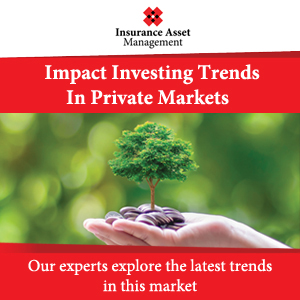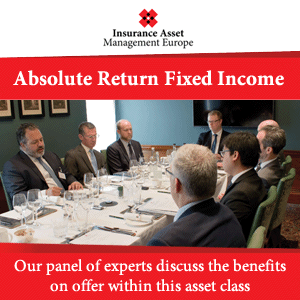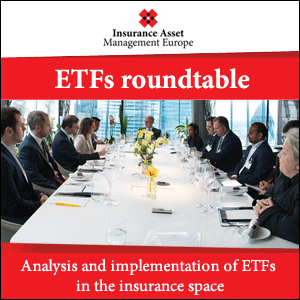
LATEST NEWS
- NZAOA’s latest Target-Setting Protocol broadens to private assets
- UK life insurance sector resilient to IST 2022 despite SCR coverage falling to 123%
- European insurers to increase allocations to emerging market funds
- Around 1 in 4 US institutional asset owners expect to use an OCIO over next 24 months
- Rothesay secures £762m buy-in for Morrisons
European insurers to increase allocations to emerging market funds

Written by Adam Cadle
01/02/2023
More than half of insurers in the UK, France, and Germany, plan to increase their allocations to both emerging market equity and emerging market debt over the next 12 months, Cerulli research has shown.
For Europe overall, 53% expect to increase their allocations.
“Both emerging market equity and emerging market debt are set to see high levels of outsourcing, with insurers turning to third-party asset managers for new commitments in emerging market equities in particular,” Justina Deveikyte, director, European institutional asset management research at Cerulli, said.
When it comes to responsible investing, clean technology, and renewable energy are the themes that insurers in all but one of the six European countries (the UK, France, Italy, Germany, Switzerland, and the Netherlands) will be targeting over the next two years. The only market where it will not be the top responsible investment theme is the UK; three-quarters of insurers anticipate targeting climate change/carbon reduction.
Around half of the European insurers report on their exposure to energy transition and physical climate risk, as well as the carbon footprints of their investment portfolios. Biodiversity is a responsible investment theme gaining attention.
“European insurance companies are increasingly committing to net-zero strategies. Large insurers that were previously lagging are now signing up and the commitment is starting to filter down to tier-2 insurers,” Deveikyte said, noting that managers unable to implement net-zero targets are less likely to be considered for mandates.
In Asia, net flows into ESG funds were hampered in 2022 by weak investor sentiment and stricter disclosure rules across various markets in the region. Net flows into locally domiciled ESG funds during the first half of the year were just 7.6% of the total amount raised during 2021. This followed three years of strong assets under management growth and a slew of ESG fund launches. However, Cerulli expects demand for sustainable investments to pick up as markets recover and the industry adjusts to new guidelines.
In the US, many asset managers that have built their businesses on the backbone of the mutual fund structure are now considering solutions across a broader range of asset classes and vehicle structures. The aim is to provide scalable solutions that can be customised at the individual investor level. For example, building out new vehicle offerings is a high priority for 69% of asset managers, and 79% view exchange-traded funds as a large opportunity.










